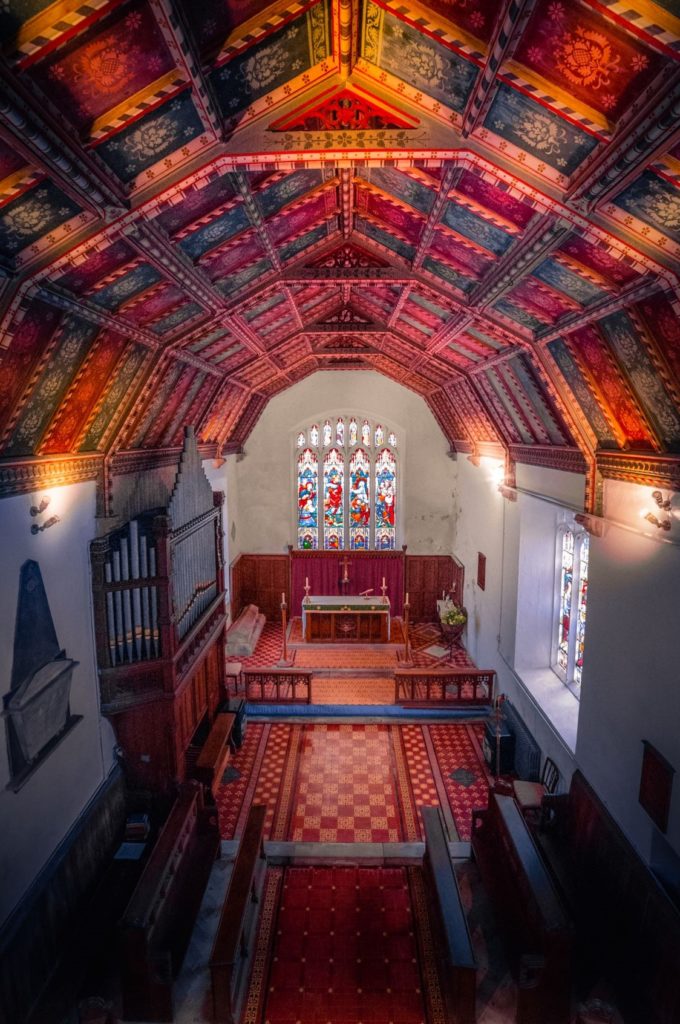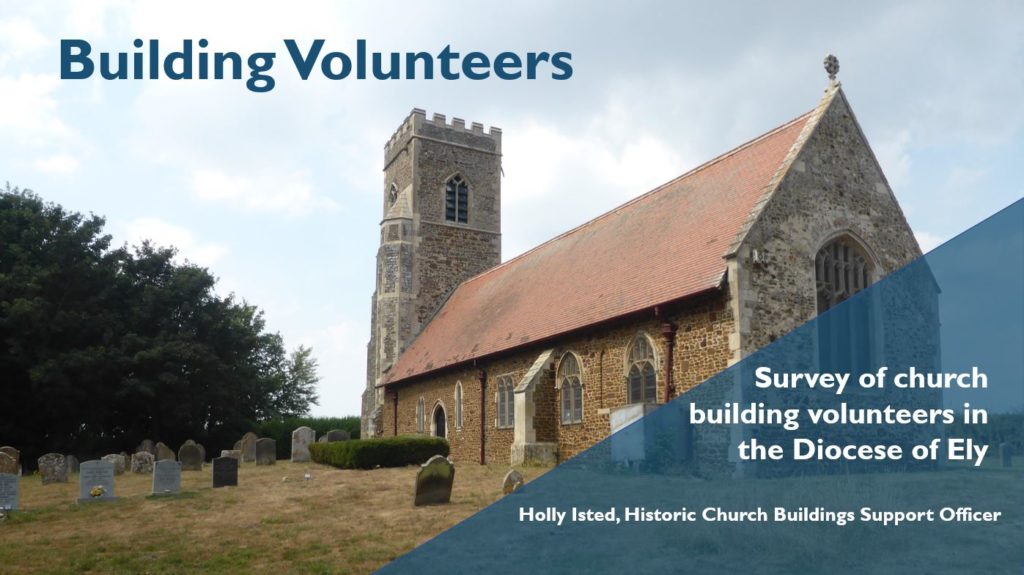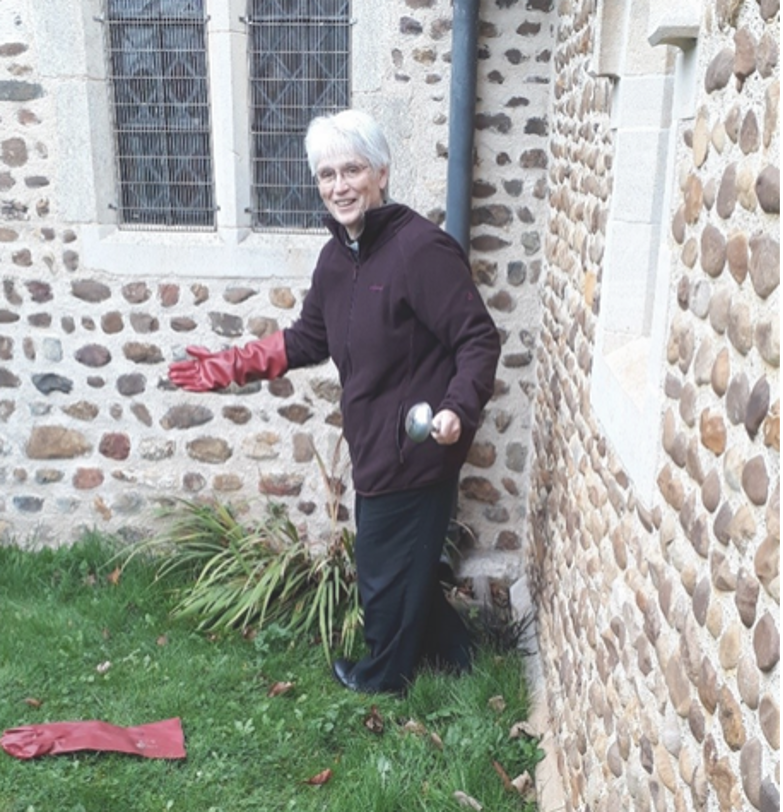Blog from Holly Isted (Diocese of Ely) on the future of heritage.
Shared in the lead-up to The Heritage Alliance’s Heritage Debate 2022: Heritage in 20 years.

Heritage in 20 Years: what will matter most?
I recently heard someone say that we are now in a period of managed decline for much of our built heritage and we need another generation like the Victorians to ‘save it’ – in terms of investment that is, not necessarily approach. In 20 years’ time, if not before, we could well find ourselves with an almost insurmountable conservation deficit because of the huge focus we now place on engagement with heritage, rather than actually repairing it.
Perhaps the future of heritage, natural and built, will focus on what we did have and lost through short sightedness; I hope instead we will have learnt to prioritise saving what we do have or there will be less for future generations to engage with. While the Victorian approach to the conservation of heritage may be different to ours today, Victorian society did find a way to use the traditions and forms of the British historic environment as a basis on which to build a cohesive and, in the context of the times, diverse society.
Another priority must be volunteers. The sector will likely continue to rely heavily on volunteer support, but the nature of volunteering, the recruitment, training and support will need to adapt to meet the interests and needs of new generations. Church buildings, for instance, have long relied on retired people to give considerable time to manage the day-to-day operations of a church, but gone is the ‘golden generation’ of people who could retire in their 50s and had the time and energy to do the range of tasks expected.

Churches account for 45% of all Grade I listed buildings in England, but the primary purpose and motivation of most church volunteers is not actually to manage a heritage site – and yet they find themselves leading major repair projects with relatively little support. The huge burden this places on volunteers (and clergy) was highlighted in a 2021 survey in the Diocese of Ely – Building Volunteers. A priority for The Church of England, and the heritage sector, cannot just be on ‘how’ the heritage is managed, it must focus on ‘who’ is managing it to ensure they have the resources necessary to be effective and sustainable.
To achieve this, the future of the sector needs to be one where the variety and unique characteristics of the natural, built, cultural etc… heritage are recognised, embraced and promoted. ‘Heritage’ is not a one-size fits all definition and the sector should not be forced to meet generic grant criteria and Government targets. Going back to churches, their primary purpose is to be Places of Worship, that is central to their heritage and survival, and religion is a key part of this nation’s history. Yet many organisations find the ‘religious’ aspect to be a bit awkward and are unable to offer the right support for the buildings and the people caring for them.

Let’s not try to streamline heritage – it is rich, complex, multi-layered, dynamic, evolving, controversial, inspiring and wonderful as a result.
– Holly Isted, Historic Church Buildings Support Officer, Diocese of Ely.

Explore other perspectives on ‘Heritage in 20 Years: what will matter most’ over on our event page for Heritage Debate 2022.

